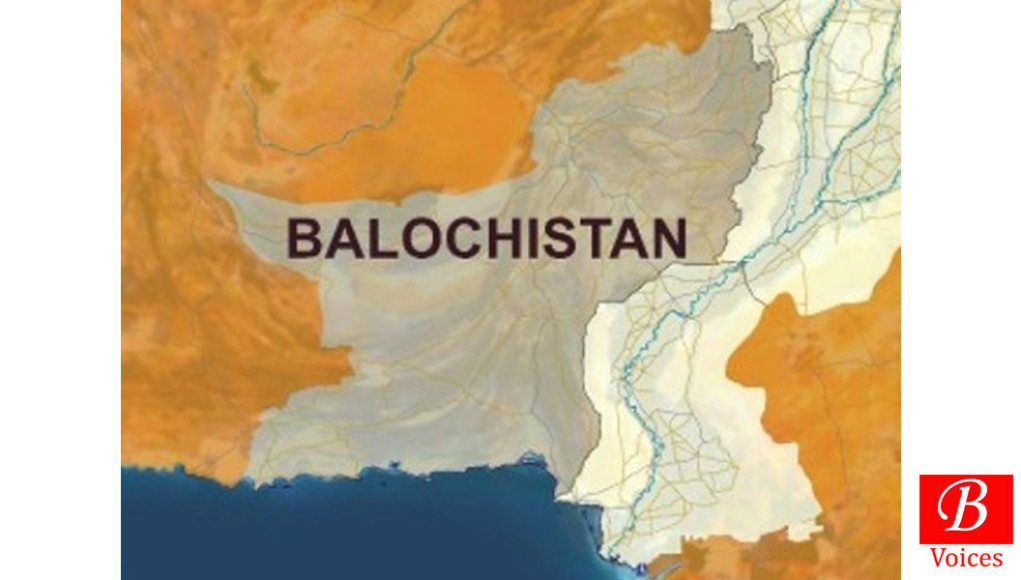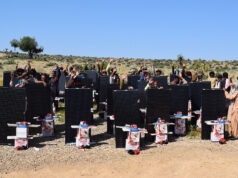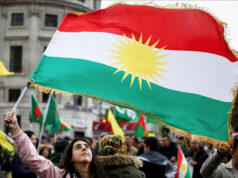 Zubair Ahmed
Zubair Ahmed
The Baloch origin and its evolution through different phases of the history and its inclusion in Pakistan contain origin of Balochistan issue. The strong resistance from the Baloch people during different periods show their affection towards their land, resources and their rights. Balochistan, being the largest province, is also the most underdeveloped one that has 43 percent of total Pakistan’s land.
The population of Balochistan is lowest as compared to other provinces of Pakistan. It shares only 7 percent in the total population of Pakistan. It has a very diverse culture with different ethnic groups living together that speak different languages and share different cultural values and traditions. The province has 12 million population according to 2017 census.
The proximity of Balochistan with The Indian Ocean, resource-rich Central Asian states, South Asia and the Middle East give it one of the most vital geographic position, which is one of the important factors that Balochistan is a battleground for different international powers since its accession with Pakistan in 1948. Balochistan has 750 Km long coastline along Arabian sea, which has Pakistan’s two important naval bases Gwadar and Ormara in the South, Gwadar port which is located close-mouthed to Strait of Hormuz at the Persian Gulf and is expected to be a game changer for Pakistan, Balochistan share 720 miles border with Afghanistan in the north, 520 miles long border with Iran on the west and on the east, it shares borders with Sindh, Punjab, and part of Khyber Pakhtunkhwa, including FATA.
Balochistan has large reserves of different types of minerals which includes aluminium, platinum, copper, gold, chromite, coal and uranium, it also has large reserves of gas, it produces 36 percent of Pakistan’s total gas production, and the gas was discovered in Sui area of Baluchistan in 1953. Turkmenistan –Afghanistan-Pakistan –India (TAPI) gas pipeline and Iran- Pakistan-India (IPI) gas pipeline are both to pass from the province of Balochistan, which are expected to fulfill the requirement of Pakistan and Afghanistan and India.
Balochistan has gone through four major ethnic nationalist conflicts, in which Baloch ethnic groups fought against forces in 1948, 1958–59, 1962–63 1973–77 and the ongoing insurgency that started in 2005. The Baloch people have certain resentment with the government, which have not been addressed properly by the institutions. Balochistan conflict needs a political solution, the decade-prolonged military operations have never provided a long-term solution for such conflict.
The claimed human rights violations have made the situation worse than ever it was in past; the grievances of people should be considered to prevent their concerns be exploited by outside parties. The role of establishment in the political parties and absence of political representation of genuine politicians of Balochistan in mainstream politics of the state has also distanced the province from the center; there is a need of strong political bonding between the center and units. The unequal distribution of resources among the units has promoted unjust which needs serious considerations. The social cohesion among the citizens of other provinces is the most important thing which can be improved through cultural exchange programs, academic and non-academic programs. The issue of Balochistan is a complicated one that cannot be solved through hard power, more programs like NFC awards must be initiated for the confidence-building measure. Balochistan is the sign of love, hospitality, courage, brotherhood and cultural diversity and has to recover such tastes if minor concerns are met properly.
The writer is Studying IR at Bahria University, Islamabad. Follow him on twitter @ahmedzubair902.
Disclaimer: Views expressed in this article are those of the author and Balochistan Voices not necessarily agrees with them.
Share your comments!








